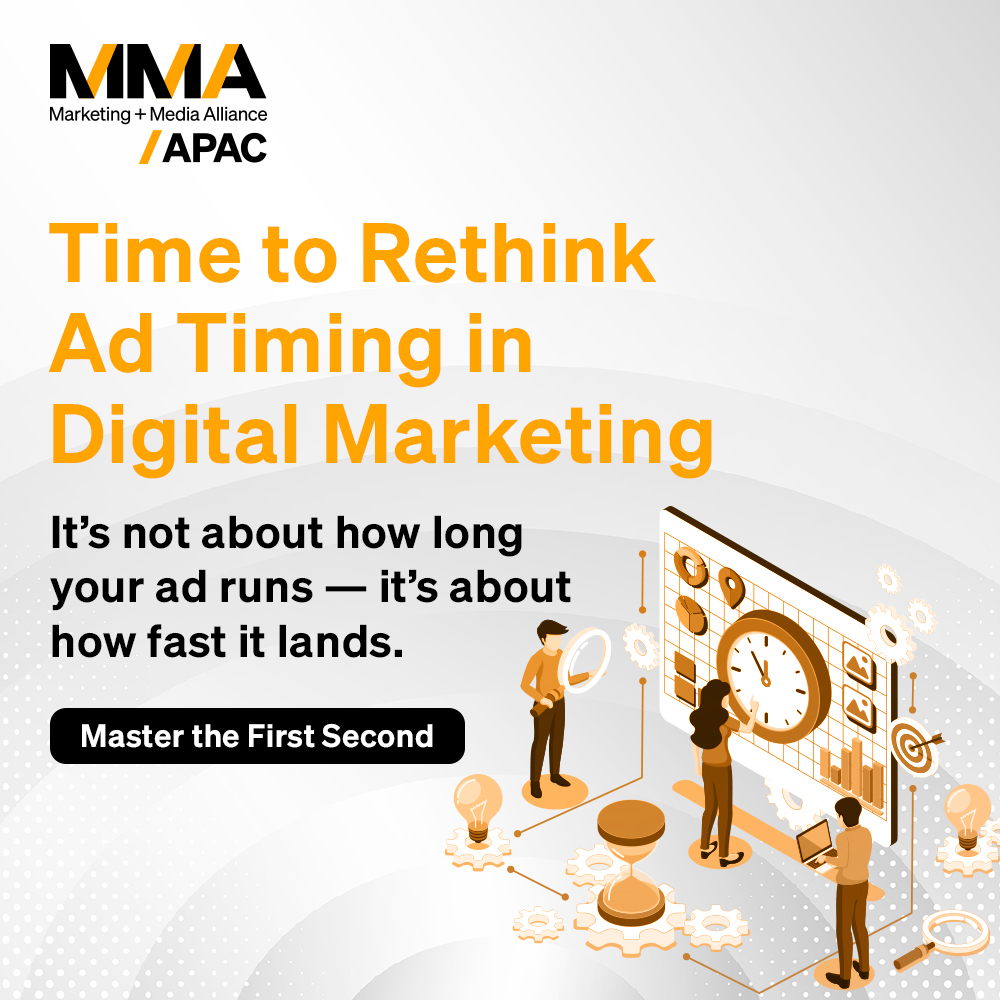
Marketers have long measured campaign success by the immediate lift they can prove — impressions, clicks, short-term sales. But new findings from the Brand as Performance (BaP) initiative by the Mobile Marketing Association (MMA) are forcing a fundamental rethink of what marketing performance really means.
In a series of longitudinal studies conducted with Circana, TransUnion, and major advertisers like Campbell’s and Kroger, the data revealed something startling: over 80% of the total sales lift from advertising occurs after the campaign ends.
That discovery challenges the way most brands budget, attribute, and report marketing results. The implication is simple but transformative — marketers are undercounting the true ROI of their brand investments.
Short-term metrics miss the real story
When most teams wrap up a campaign, they look at immediate conversions or sales spikes. But the BaP framework uncovers that brand building continues to influence consumer behavior weeks and even months later.
At Kroger, for instance, the post-campaign analysis showed that long-term brand favorability directly fueled new customer acquisition and retention. Favorable non-customers — those who became positive toward the brand during the campaign — converted at three times the rate of others. Meanwhile, favorable existing customers repurchased and retained at far higher rates.
In fact, more than four-fifths of the sales impact came in the seven months following the campaign’s end. That means the majority of value sits outside the traditional measurement window — hidden in the long tail of brand-driven behavior.
Brand favorability: The missing metric
Marketers have long spoken about “awareness” and “consideration,” but BaP goes further by linking brand favorability directly to conversion behavior. Across multiple studies, consumers who rated a brand favorably were four to five times more likely to purchase than non-favorables.
This relationship isn’t abstract sentiment — it’s performance currency. Favorability works as both a leading and lagging indicator, capturing the emotional bond that precedes loyalty and the rational reinforcement that sustains it. When marketers treat favorability as a KPI alongside ROAS, they start to see the compounding nature of brand equity.
As Marc Vermut, VP of Knowledge Lab at TransUnion, summarized in MMA’s latest BaP report, “Brand marketing works today, brand favorability converts decisively, and marketing’s impact compounds over time.”
Why traditional attribution falls short
Most attribution models still rely on multi-touch frameworks that focus on immediate, measurable actions — a click, a view, or a sale. While these are useful for optimizing media efficiency, they fail to account for delayed conversions and emotional influence.
BaP’s integrated methodology combines multi-touch attribution (MTA) for short-term results with longitudinal brand tracking for long-term effects. The result is a total campaign impact model — one that unifies sales data, survey-based brand metrics, and household-level purchase behavior over time.
This unified view gives marketers a more holistic growth framework:
- Short-term impact (during campaign): measurable ROAS and incremental sales
- Long-term impact (post campaign): delayed conversions, retention, and higher purchase frequency
- Total campaign impact: the sum that finally captures brand’s true business value
Rethinking the marketer’s time horizon
If 80% of advertising’s payoff arrives months later, marketing teams must rethink how they plan, pace, and prove effectiveness. The typical quarterly cycle of “launch, report, repeat” can no longer define success.
Instead, brands should:
- Extend measurement windows — Continue tracking key segments six months post-campaign to capture delayed effects.
- Adopt favorability tracking — Integrate it as a core metric in dashboards, not a side survey.
- Invest in brand-performance integration — Build budget models that treat brand and performance spend as a unified system, not separate silos.
Advertising that builds favorability is not a soft investment — it’s a long-term annuity. Every dollar spent on brand today continues working long after the impressions fade.
The future of marketing accountability
The Brand as Performance movement isn’t just redefining how marketers measure; it’s reshaping how CMOs communicate marketing’s value to the C-suite.
When 64% of marketers say measurement isn’t accepted outside marketing, the ability to connect brand metrics to future sales becomes a powerful bridge to the CFO. It transforms “marketing spend” into “business growth investment.”
The future of measurement isn’t just faster data — it’s fuller data. As the BaP initiative shows, the real performance story doesn’t end when the campaign does.



















